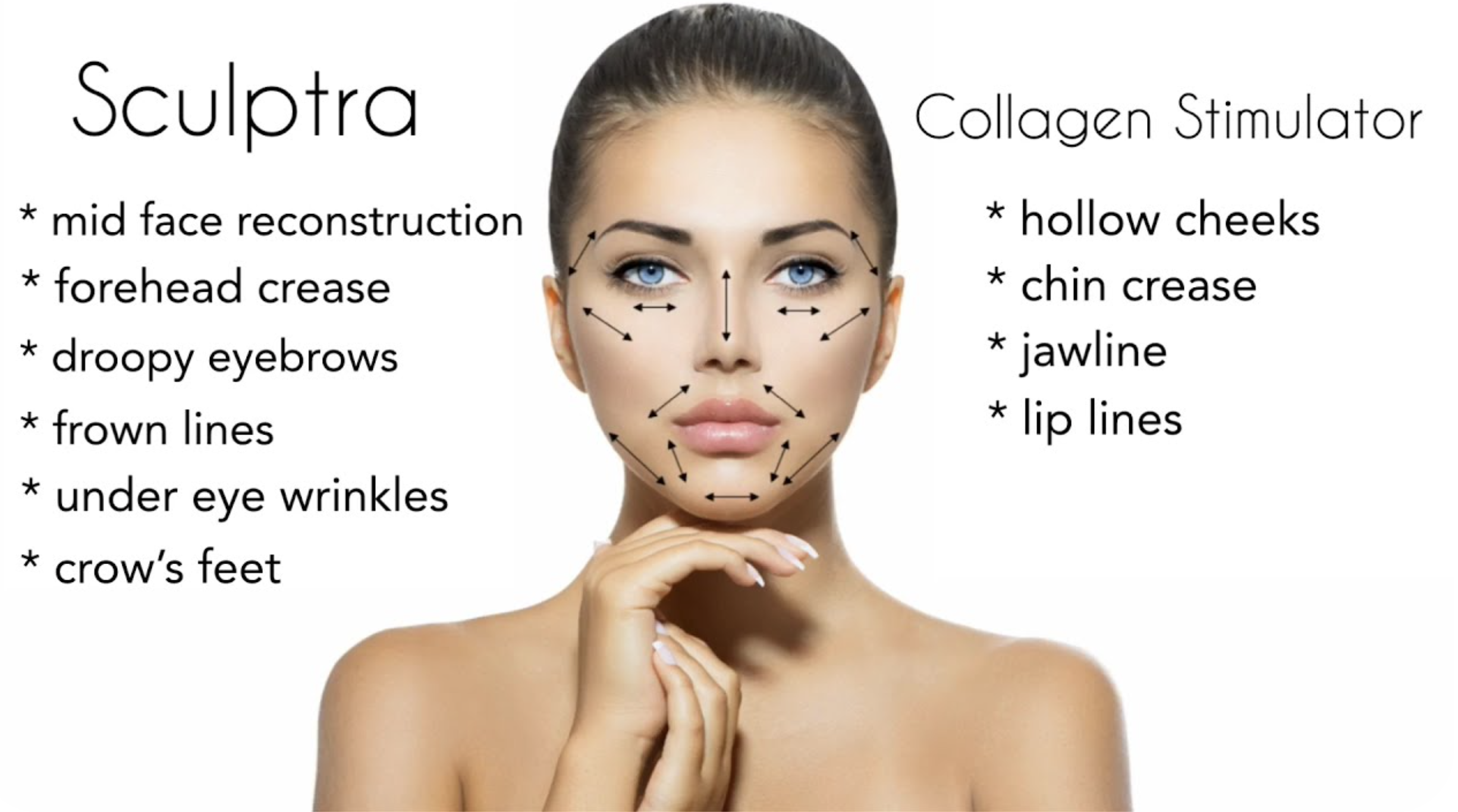"Do I Need Filler or Something Else for Smile Lines?"
How to Know When Sculptra Is Better Than Hyaluronic Acid Fillers
Smile lines — also known as nasolabial folds — are often the first lines to deepen as we age. Fillers are a popular fix, but for some, the results fade too fast or feel a little too puffy.
So what’s the better option when fillers don’t cut it?
Understanding Why Smile Lines Get Deeper
Smile lines form as skin and fat descend over time due to collagen loss. So, even if you fill the fold itself, you may not be solving the underlying cause — volume loss higher up in the cheeks.
Best Candidates for Sculptra
Age-Related Volume Loss
You have hollow cheeks, temples, or sunken facial areas due to collagen loss or natural aging.
Desire for Natural, Subtle Results
You prefer a gradual improvement in skin firmness and facial volume over several months—not instant changes.Prevention & Early Intervention
You’re in your 30s–50s and want to stimulate collagen early to slow visible signs of aging.Skin Laxity or Sagging
Mild to moderate skin laxity—Sculptra strengthens skin structure and improves overall firmness.Looking for Long-Term Results
You want results that can last 2 years or more, versus 6–12 months with hyaluronic acid fillers.Body Treatments (optional)
It’s also used off-label for buttock enhancement, hip dips, or crepey skin on the arms, thighs, or chest.
When Sculptra Is the Smarter Choice
Instead of “spot treating” the folds, Sculptra works more holistically. By stimulating collagen in the midface and cheek region, it lifts the whole area — which naturally softens smile lines over time.
You may need:
Filler if you want immediate softening of a shallow line
Sculptra if you want long-term improvement with more natural contour and lift
It’s not either/or. Many clients benefit from both — and that’s what consultations are for.
Book a free consultation to find the right plan for your face, lifestyle, and aging goals.


